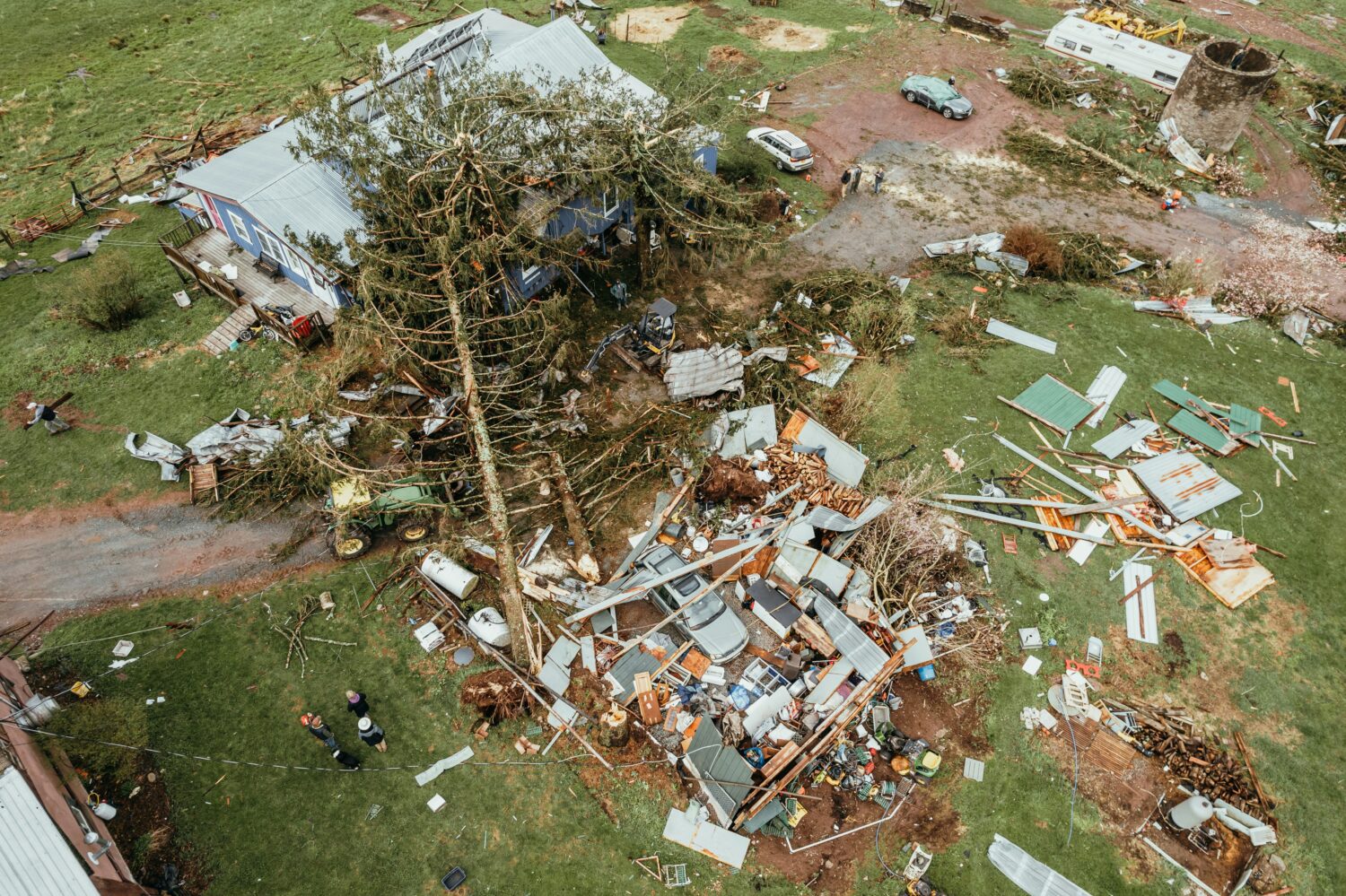Declining pollinator populations could threaten global food production, especially if current crop yields are limited by insufficient pollinator visitation to flowers, in a phenomenon referred to as ‘pollinator limitation’. Here, we assess the global prevalence of pollinator limitation, explore the risk factors, such as crop type or geographic region, that predict where pollinator limitation is more likely and ask by how much increases in pollinator visitation could improve crop yields. We address these questions using 198,360 plant–pollinator interactions and 2,083 yield measurements from 32 crop species grown in 120 study systems. We find that 28–61% of global crop systems are pollinator limited and that this limitation most frequently occurs in blueberry, coffee and apple crops. For a few datasets, we note that the probability of pollinator limitation decreases with greater forest land cover surrounding a crop field at 1 km, although average effect sizes are small. Finally, we estimate that for those crops we identify as pollinator limited, increasing pollinator visitation at all farms to existing levels observed in the 90th percentile of each study system would close 63% of yield gaps between high- and low-yielding fields. Our findings show variations in sensitivity to pollinator limitation across diverse crop systems and indicate that realistic increases in pollinator visitation could mitigate crop yield shortfalls attributable to pollinator limitation.
Katherine J. Turo, et al.
— 08 July 2024 —





